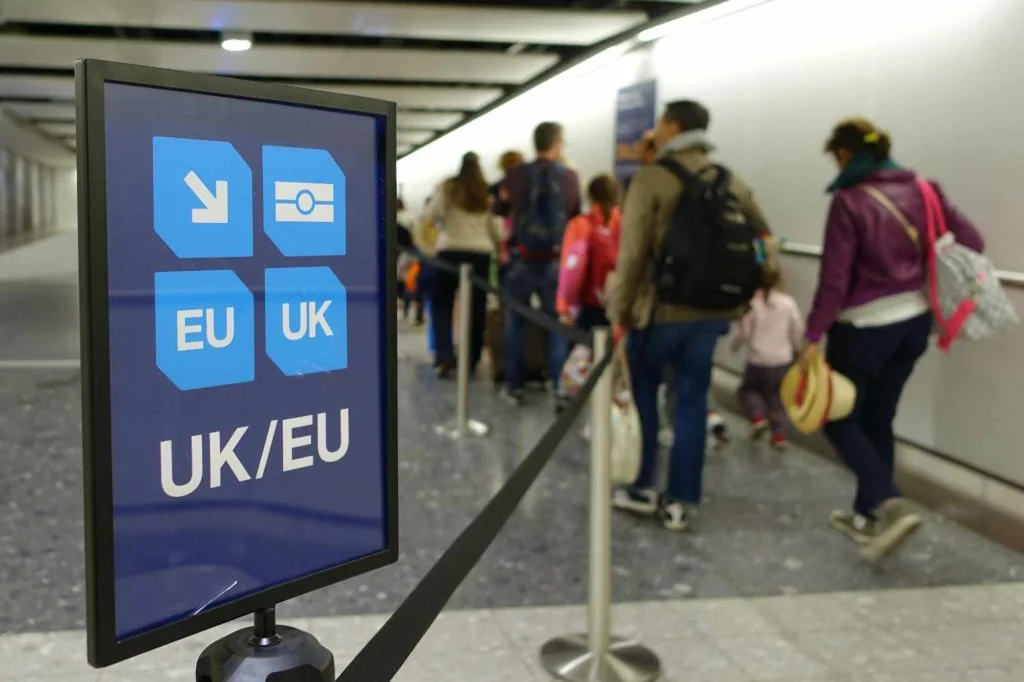
Flexible Furlough Scheme guidance – eight things we learned from the latest update

By Karen Bates
17 Jun 2020 | 1 minute readLast Friday the government produced some new guidelines on the Flexible Furlough Scheme. Whilst much of the update consisted of confirmation or clarification of previous announcements, there were also some useful nuggets of new information for HR professionals, employment lawyers and everyone else involved in CJRS claims on behalf of businesses.
Here are the key points from our perspective.
How the transition away from the three-week minimum furlough period works.
Where you have a previously furloughed employee that starts a new furlough period before 1 July they must complete the minimum 3-week period. After that they can be flexibly furloughed for any period. Because you cannot cross months for claims from 1 July, you will have to submit separate claims to cover a 3-week furlough period which spans days in both June and July.
You can use flexible furlough for employee holidays – if you top up pay.
An employee can still take holiday whilst on furlough provided that the employee's pay is topped up to their normal remuneration for the time spent on holiday.
If you have eligible employees (i.e. who have previously been furloughed between 1 March and 30 June) then, whether or not they remain mostly on furlough or back at work, it would be beneficial for the business to consider furloughing that employee for periods of holiday before 31 October.
You might also look at requiring employees to take an appropriate portion of their leave before then to enable you to best benefit from this contribution.
How to calculate usual hours for flexible furloughing.
You will need to calculate usual hours for an employee who you intend to flexibly furlough (which may cause some employers to wonder whether they actually want very badly to do this at all – or how they can do it uniformly for a number of employees if so). How you do this depends upon whether their hours are fixed or not and whether their pay varies according to the number of hours they work or not.
The calculation steps are available here.
For employees with fixed hours and pay, there is a fairly basic calculation to help you identify how many hours they normally work in each pay period (or part pay period if you intend for your claim period to be shorter than the pay period).
For employees who work variable hours or are paid on a time piece basis, you will need to calculate and use the higher of:
- The average number of hours worked in the tax year 2019 to 2020 (including any fully paid leave and contractual overtime)
- The corresponding calendar period in the tax year 2019 to 2020 (including any fully paid leave and contractual overtime)
And then use that figure to work out the usual hours for each pay period(or part pay period if you intend for your claim period to be shorter than the pay period).
You can furlough employees who returned from maternity and other family-related leave after 10 June.
If you have employees who are returning from statutory family-related leave after 10 June, you are still able to furlough them even if you are furloughing them for the first time provided that all of the following apply:
- you previously used the CJRS in version 1
- the employee started the leave before 10 June and ended it after 10 June
- the employee was on your PAYE RTI submission on or before 19 March 2020.
'Family-related leave' includes maternity and paternity leave, shared parental leave, adoption leave, unpaid parental leave and parental bereavement leave.
Employees that you are furloughing for the first time (because they qualify having returned from statutory family-related leave after 10 June) are not included in the maximum number of employees cap.
You can furlough employees gained through TUPE transfers – if they were previously furloughed.
There are new TUPE provisions which mean that, in respect of a TUPE transfer after 10 June, the new employer can furlough transferred employees provided those employees were previously furloughed between 1 March and 30 June by the previous employer.
The new employer's maximum furlough number is increased correspondingly (i.e. by the number of transferring employees that were furloughed for a minimum 3-week period between 1 March 2020 and 30 June 2020 by the previous employer).
You can also furlough employees acquired from a liquidated company.
The same rules that apply in a TUPE scenario after 10 June, apply in respect of employee associated with a transfer from the liquidator of a company in compulsory liquidation where TUPE would have applied but for the fact the company was in compulsory liquidation.
The extra records and calculations required for furlough after 1 July.
To claim flexible furlough under the scheme from 1 July, you will need to know (and keep records of and the calculations for):
- The number of usual hours the employee would work in the claim period
- The number of hours your employee has or will actually work in the claim period.
- The number of hours your employees has or will be furloughed for in the claim period.
There are examples of the various calculation scenarios employers and payroll specialists will find themselves faced with here.
There is a new way to rectify previous over-claims with HMRC.
There is a new mechanism in the claim process which will allow employers to rectify any over-claims that were made in error in a previous claim period. A previous under-claim can only be rectified by contact HMRC though (as it requires more checks).
Three things to consider following the update.
The main issues that we have been hearing about from clients are the mechanics and employee relations issues around flexible furlough pay. We therefore recommend that you consider whether the following will cause any issues in your business before you implement flexible furlough. Each situation is different but our team have helped a number of clients on these challenges so do get in contact with us if you need help with a decision on these issues.
- Note that furlough pay is calculated with reference to an earlier period so if you have recently applied any salary reductions across the workforce, this could result on those on 'flexible furlough' arrangements receiving higher pay for hours worked compared to the rest of your employees;
- Similarly, furlough pay takes into account average commission rates which may reduce when the employee returns to work, do ensure that employees understand this
- Finally, consider what you wish to do in relation to casual or zero hours workers and any employees who you re-engaged simply for furlough purposes. Once employers begin to contribute to the costs of furlough you may need to take a different approach to these individuals.
Learn more about coronavirus and related issues here, or get in touch to discuss your legal needs.












